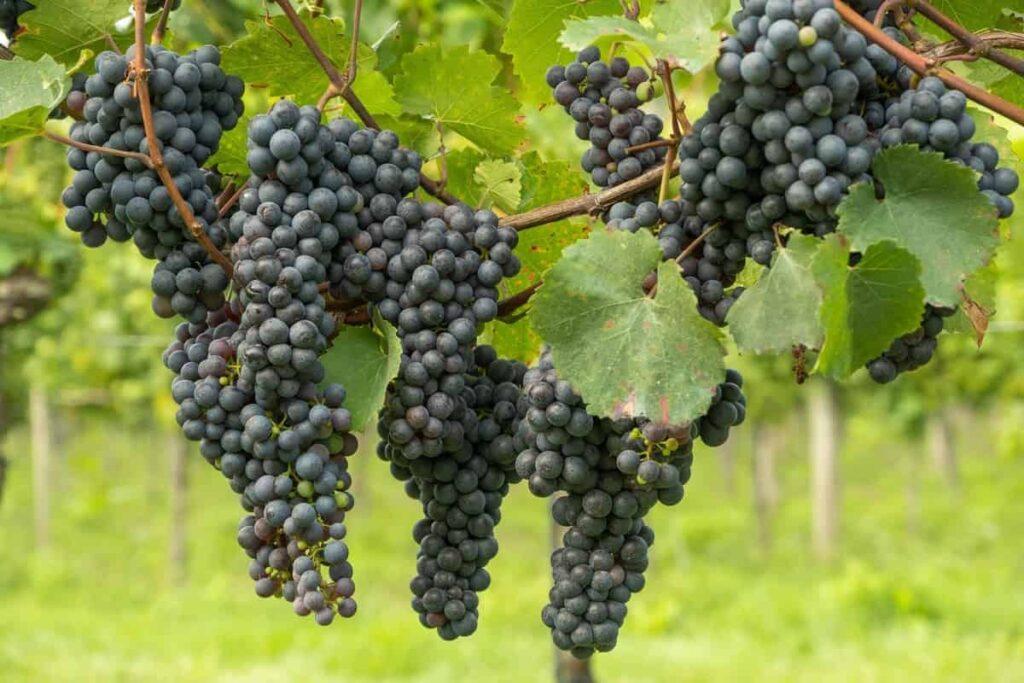
Why Proper Nutrient Management for Grapes during April / Foundation Pruning is Important?
April or foundation pruning plays a crucial role in forming healthy grape clusters on vines. It’s a vital step before fruit pruning and sets the groundwork for successful fruit production. Taking good care of the garden post foundation pruning in April is key to ensuring robust cane growth, which is essential for fruitful bearing.
Maintaining the right spacing between new shoots, trimming excess growth, and managing the distance between canes, timely sub cane, timely cutting of the next tip of sub cane, planning the number of leaves on the cane are essential tasks during foundation pruning. Proper garden care after pruning in April can result in healthy cane production, which is vital for proper fruit bearing.
Ensuring the proper supply of nutrients, controlling diseases and pests, and planning cane maturity are all important aspects of foundation pruning. By following these steps, vineyard owners can foster healthy vine growth and maximize grapes production.

Integrated Nutrient Management during Grapes April / Foundation Pruning
Integrated nutrient management during grapes April or foundation pruning is crucial for nurturing healthy vineyards and optimizing grape quality. Testing soil and water is a cornerstone of effective nutrient management, providing valuable insights into the vineyard’s nutrient status and ensuring precise nutrient application.
Many vineyards face soil challenges such as low organic matter, pH imbalance, and salinity issues, which can hinder nutrient uptake. Addressing these issues is essential for promoting robust vine growth and maximizing grape yields.
During the dormant bud formation period, ensuring the availability of essential nutrients through both soil application and spraying promotes healthy bud development. Balanced nutrient supply, including potash, calcium, magnesium, and micronutrients, is vital for supporting vine health without overusing nitrogen, which can negatively impact bud formation.
Regular analysis of leaves and petioles at different growth stages helps identify nutrient deficiencies, enabling targeted and cost-effective nutrient management practices.
Administering a basal dose of nutrients at least 10 to 15 days before foundation pruning sets the stage for optimal vine growth and fruit production. Utilizing a balanced combination of farmyard manure, organic sources, biofertilizers, major nutrients, secondary nutrients, and micronutrients ensures comprehensive vine nutrition.
Based on soil testing results, specific nutrient applications can be tailored to meet the vineyard’s needs. For example, applying 10 tons of well-decomposed farmyard manure, 250 kg of organic manure, 10 to 15 kg of sulfur, 100 to 150 kg of diammonium phosphate (DAP), and 50 kg of potassium magnesium (K-Mag) before pruning optimizes nutrient availability and promotes vine health.
By implementing smart nutrient management practices during grapes April pruning, vineyard owners can nurture thriving vineyards, resulting in high-quality grapes and abundant harvests.
The Important Nutrients that Need to be Applied during Post-Harvest Application –
- Nitrogen: Essential for the vegetative growth of the vineyard. Increased Nitrogen is necessary during the initial stage after pruning for optimal growth.
- Phosphorus: Critical for root development in the early stages. More Phosphorus is required during the later stage, specifically from 30-60 days after April pruning.
- Potash: Necessary for protein synthesis, photosynthesis, and carbohydrate transportation within the plant. It plays a crucial role in cane maturity during the final growth stage.
- Magnesium: A fundamental component of chlorophyll and vital for chlorophyll synthesis.
- Sulphur: A key component of amino acids, proteins, and coenzymes. It also acts as a fungicide.
- Calcium: Facilitates the formation of new plant tissue and is an essential nutrient for building plant structure.
- Zinc: Essential for protein, carbohydrate, and chlorophyll formation. It promotes uniform and robust branching after pruning.
- Boron: Enhances the availability of calcium, potassium, and nitrogen. Its significance lies in the reproductive stage of plant growth.
